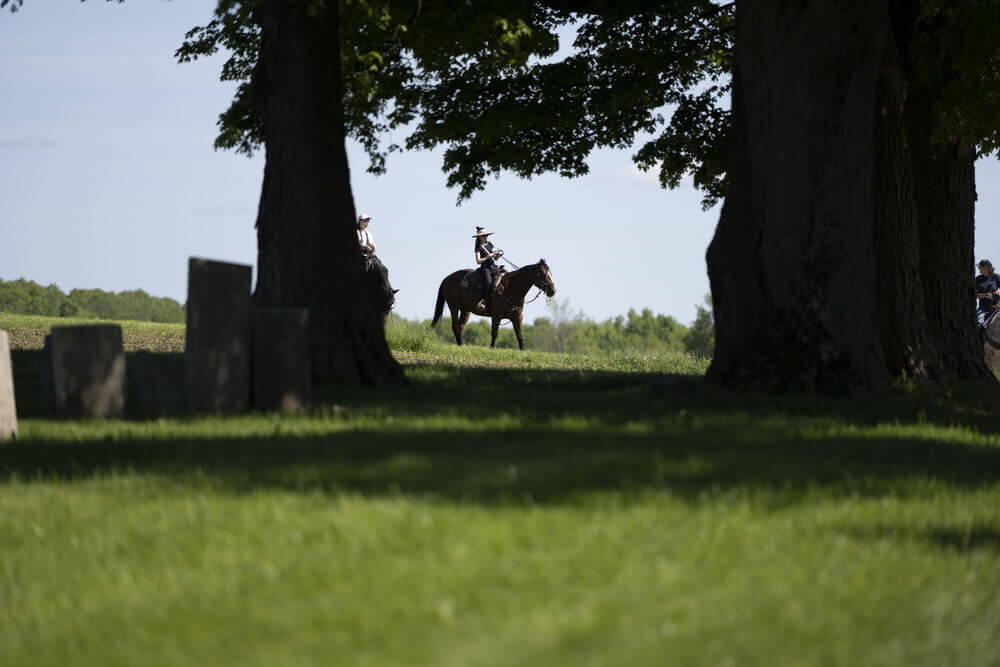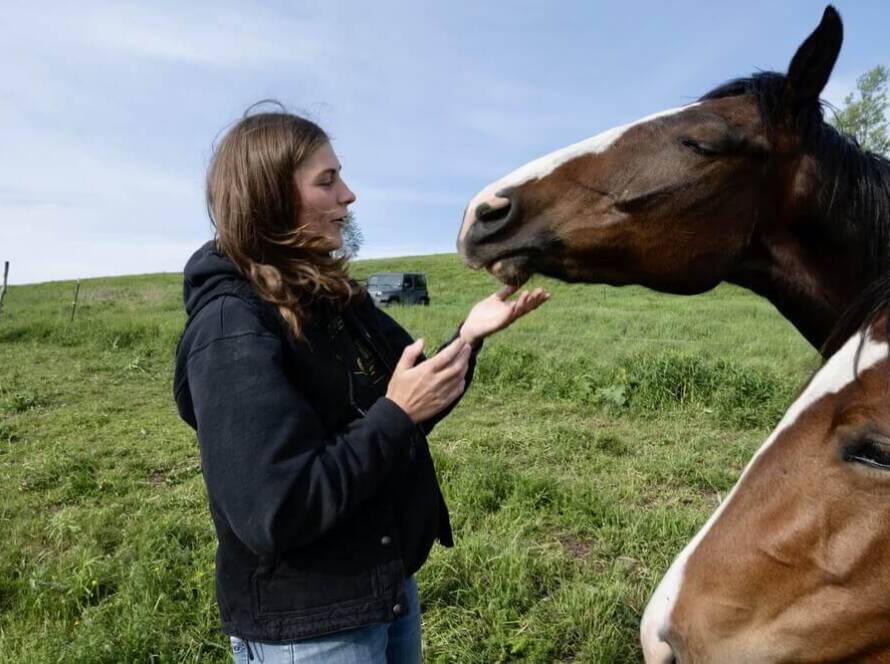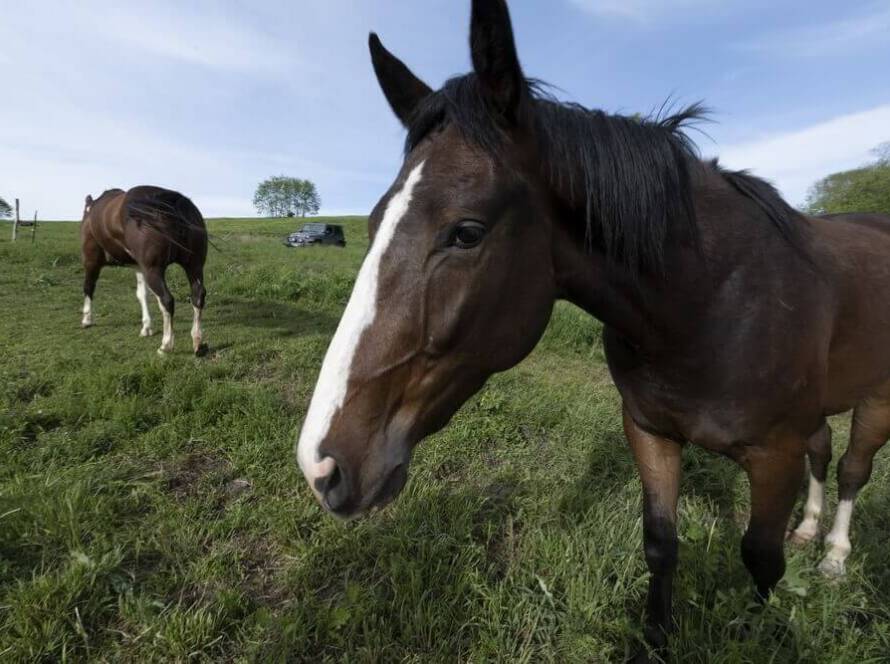Going on a trail ride is a popular way for both beginner and experienced riders to enjoy time out in nature on horseback. In this post, we explore the history of trail riding and the different types of rides that are available.
History of Trail Riding
Early European settlers to North America used horses to navigate tough terrain, from the American West to the Canadian Rockies. Horses were essential for activities like land surveys, trade, and cattle drives. Mounted cowboys would drive herds of cattle between grazing locations and markets.
In the early 20th century, the Canadian Pacific Railway started promoting Banff National Park as a destination for wealthy travellers from around the world. Guided horseback rides through the wilderness proved popular despite being physically demanding.
It was only in the mid-20th century that recreational horseback riding started to be within the means of ordinary people. The later 20th century also coincided with the rise of the environmental movement and the desire to protect parks and trails. Today, equestrians ride on various types of trails, sometimes sharing the space with other users like pedestrians, joggers, and cyclists.
Types of Trail Rides
Rides can take place in the wilderness or countryside or even in the city. Trails can include forest paths, multi-use recreation paths, abandoned roads, and old railways lines. Depending on the setting, the horse may come across creeks, other animals, vehicular traffic, and more, so it must remain unflappable.
Some trail rides offer a brief introduction to horseback riding – an hour or two – while others last for several days. Overnight rides are often organized by outfitting companies, who may bring a string of pack horses to carry the camping gear. In Western Canada and the United States, there are also numerous dude ranches, which offer packages with accommodation, meals, and horseback rides.
These organized rides are led by a trail guide who is familiar with the terrain and confident on horseback. The guide ensures that all riders are comfortable and safe on their horse and that they travel at the pace of the rider with the least experience.
Besides trail riding for fun, there are several types of trail ride competitions: competitive trail riding, endurance riding, trail trials, and mounted orienteering. Participants in competitive trail riding try to complete a ride within a certain amount of time while keeping their horse in good condition and displaying good horsemanship skills.
Endurance riding is another long-distance ride, but the winner is the rider who finishes first – if his or her horse passes a fitness evaluation. Both competitive trail riding and endurance riding include regular checks of the horse’s condition throughout the ride.
In trail trials, the horse and rider negotiate 10 to 12 natural obstacles along a trail. The competition is not timed – the horse is judged on its ability to get over the obstacles calmly and safely. In mounted orienteering, the rider uses a compass and map to try to find the most hidden objects as quickly as possible.




